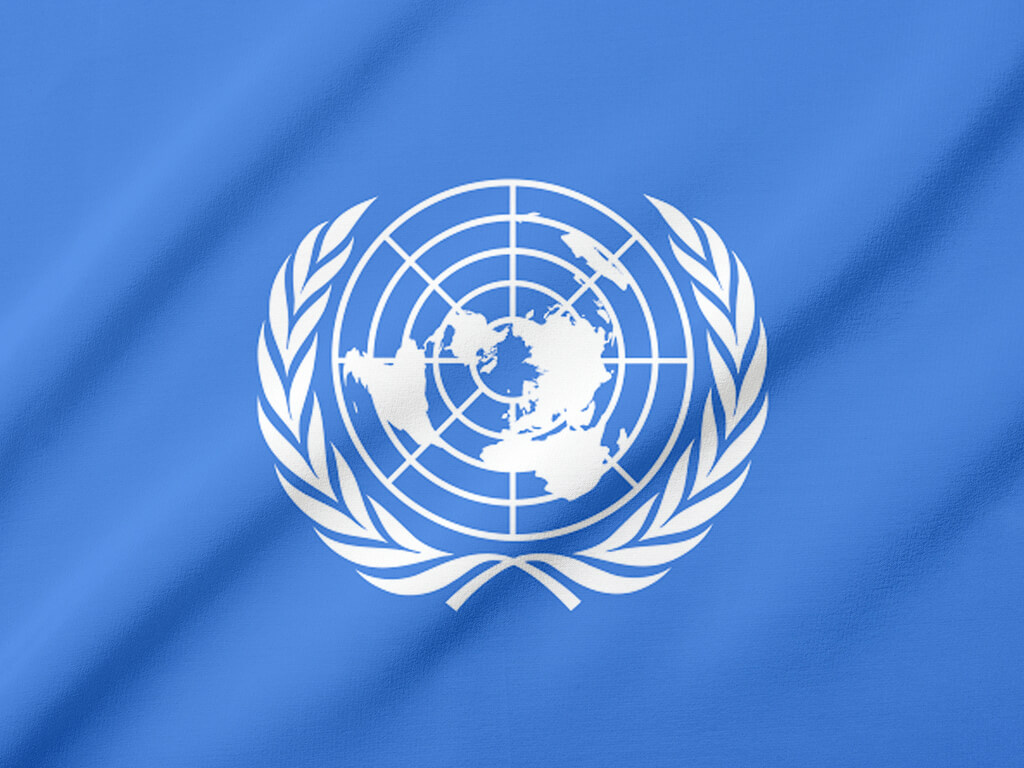Economic growth in Armenia is expected to be recorded at 5.8% in 2017, according to the UN ‘World Economic Situation and Prospects 2018’.
According to the UN forecast, Armenia’s economy will grow 3.8% in 2018, and 3.6% in 2019, and inflation will stand at 2.1% in 2017, 2.9% in 2018 and 3.3% in 2019.
In its previous report, the organization predicted a 2.7% economic growth to Armenia for 2017 and 3% for 2018.
GDP growth is projected at 3.2% in the 2017 government budget and at 4.5% in the 2018 budget.
“The pace of economic activity in the Commonwealth of Independent States (CIS) is accelerating, marked by the return to growth in the Russian Federation after a two-year contraction,” the UN economic analysts say in the report. “Improved terms of trade, a more supportive external environment and less volatile macroeconomic conditions, including tapering inflation and stabilized exchange rates, have created a more favourable environment for the region’s economies.”
The UN analysts say economic growth in Russia will stand at 1.8% in 2017 and at 1.9% in 2018, in Kazakhstan will have 4% and 3% respectively, Belatus 1.5% and 2%, Kyrgyzstan 6.1% and 5.8%, Ukraine 1.8% and 2.5%, Moldova 3.2% and 4%, Georgia 4.8% and 4.3%, Tajikistan 5.5% and 6%, Uzbekistan 6.5% and 6.4% and Turkmenistan 6% and 4.8%.
The UN predicts a one-percent economic decline in Azerbaijan in 2017 and a 1.8% growth in 2018.
Its analysts say very few of the least developed countries (LDCs) are expected to reach the Sustainable Development Goal target for GDP growth of “at least 7 per cent” in the near term.
More rapid progress in many of the LDCs is hindered by institutional deficiencies, inadequate basic infrastructure, high levels of exposure to weather-related shocks and natural disasters, as well as challenges related to security and political uncertainty.
These barriers must be addressed to ensure that available finance is channelled efficiently towards productive investment.




